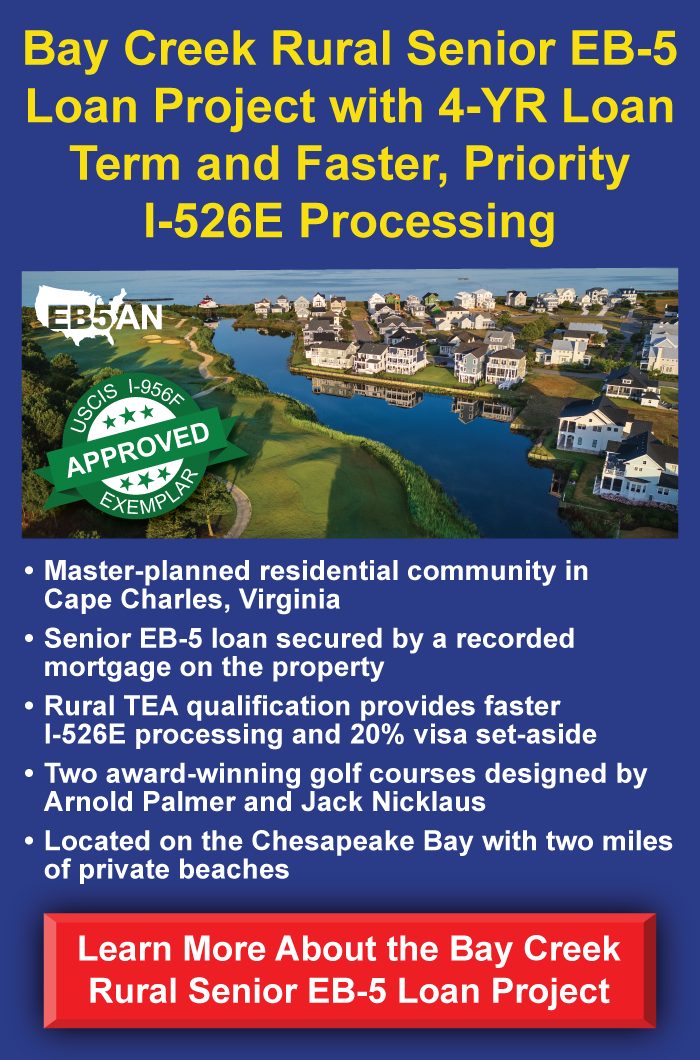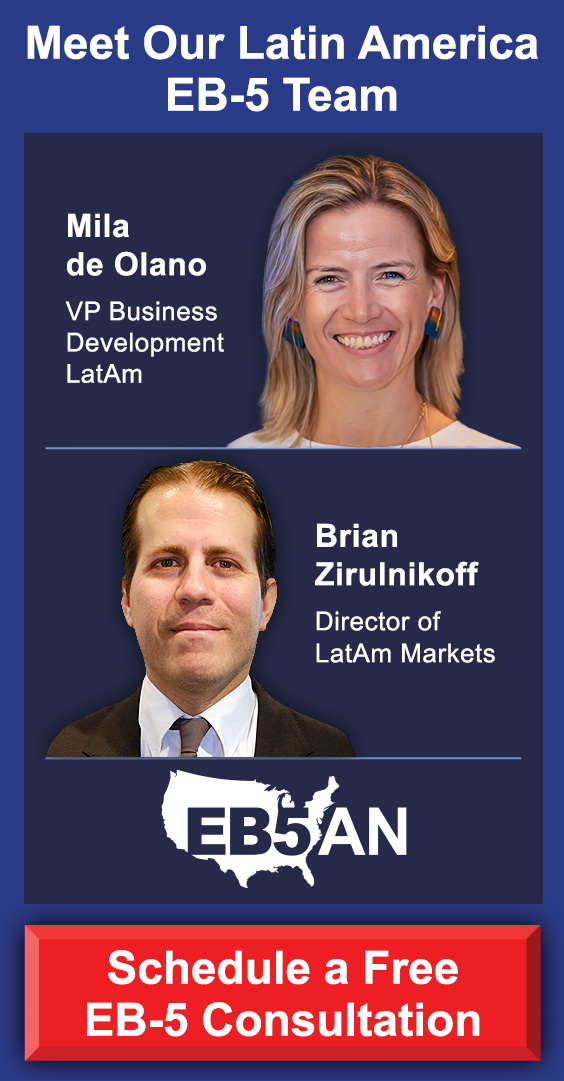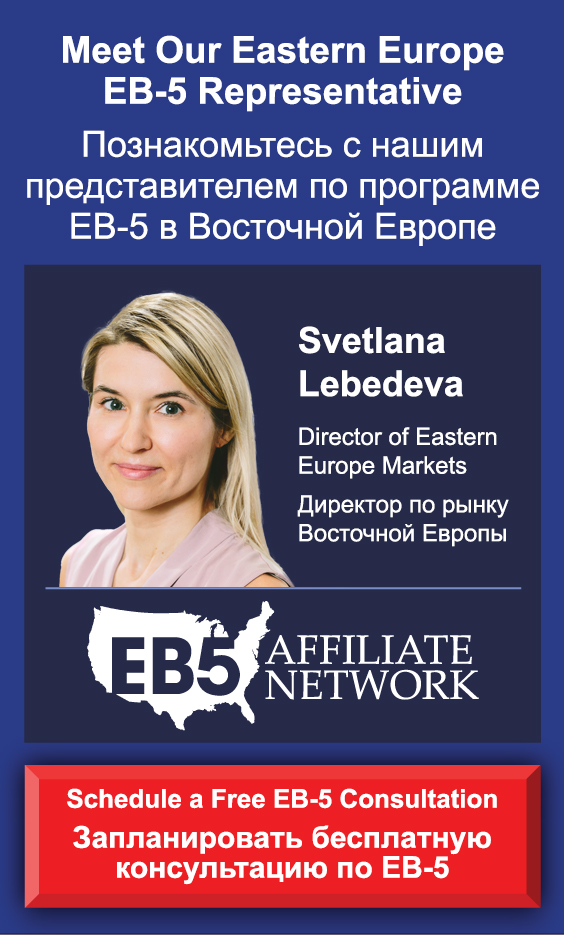In recent years, the EB-5 Immigrant Investor Program has become an increasingly popular pathway to U.S. permanent residency.
While the foundation of the program—contributing an investment that is used to create qualifying jobs for U.S. workers—is relatively straightforward, navigating the complexities of EB-5 investments requires careful evaluation to ensure compliance, financial viability, and alignment with personal goals. These demands can amount to a significant burden for investors, requiring hours of research.
Fortunately, the rise of artificial intelligence (AI) has helped streamline this process: Investors can now leverage AI-powered checklists to evaluate projects and make fully informed decisions.
To help investors with this approach, this article explores how AI-powered checklists can revolutionize EB-5 project evaluation, providing a structured, data-driven strategy to decision-making.
The Challenges of EB-5 Project Evaluation
What Are AI-Powered Checklists?
Key Benefits of AI-Powered Checklists for EB-5 Investors
- Enhanced Due Diligence
- Standardized Evaluation Framework
- Risk Identification and Mitigation
- Time and Cost Efficiency
- Personalized Recommendations
Building an AI-Powered Checklist for EB-5 Evaluation
Getting Started With AI-Powered Checklists
The Future of EB-5 Investing With AI
The Challenges of EB-5 Project Evaluation
Evaluating an EB-5 project is no small feat. Investors must assess multiple factors, including the project’s economic viability, job creation potential, compliance with U.S. Citizenship and Immigration Services (USCIS) regulations, and the credibility of the regional center or developer.
Each project carries unique inherent risks, such as market fluctuations, an inexperienced management team, or questionable job creation metrics. Prospective investors have to evaluate each potential risk and its likelihood of jeopardizing their chance of obtaining a Green Card and having their funds returned to them.
Traditionally, EB-5 evaluations have relied on manual due diligence, a process that involves extensive document reviews, financial modeling, and consultations with legal and financial advisors. While crucial, this method has several drawbacks—it is time-consuming, prone to human error, and often lacks consistency.
As a result, investors may overlook critical details or struggle to compare projects systematically, especially when dealing with complex data sets or unfamiliar markets.
This is where AI-powered checklists come in, offering a transformative solution to streamline and enhance the evaluation process.
What Are AI-Powered Checklists?
AI-powered checklists combine the structured framework of traditional checklists with the analytical capabilities of artificial intelligence. These tools use machine learning algorithms, natural language processing (NLP), and predictive analytics to process vast amounts of data, identify patterns, and provide actionable insights. For EB-5 investors, AI-powered checklists can serve as a digital guide, systematically evaluating projects based on predefined criteria while adapting to new information in real time.
Unlike static checklists, AI-powered versions are dynamic. They learn from historical data, industry trends, and user inputs to refine their recommendations. For example, an AI checklist can analyze a project’s financial projections, cross-reference them with market data, and flag potential risks that might not be immediately apparent to a human reviewer. This blend of automation and intelligence empowers investors to make informed decisions with greater confidence and efficiency.
Key Benefits of AI-Powered Checklists for EB-5 Investors
Enhanced Due Diligence
Due diligence is the cornerstone of EB-5 project evaluation, but manually sifting through hundreds of pages of offering documents, business plans, and economic reports is daunting.
AI-powered checklists can automate much of this process by extracting key information from documents, summarizing financial projections, and identifying discrepancies. For instance, natural language processing algorithms can scan legal agreements for red flags, such as ambiguous terms or clauses that deviate from industry standards.
AI tools like this allow investors to focus on high-level decision-making rather than getting bogged down in details.
Standardized Evaluation Framework
One of the biggest challenges in EB-5 investing is comparing projects.
AI-powered checklists provide a standardized framework that evaluates all projects using the same criteria, such as job creation methodology, the developer’s track record, and each option’s respective capital stack.
By assigning weighted scores to each criterion, the checklist can rank projects objectively, helping investors identify the options most likely to lead to immigration and financial success.
Risk Identification and Mitigation
AI excels at identifying risks that might go unnoticed by human reviewers.
For example, an AI-powered checklist can analyze economic impact reports to verify job creation calculations or cross-check a project’s market assumptions against real-time data. If a project’s financial projections rely on overly optimistic assumptions, the AI can flag this as a potential risk, prompting further investigation.
Additionally, AI can monitor ongoing projects for early warning signs, such as delays or funding issues, allowing investors to take proactive steps to protect their capital.
Time and Cost Efficiency
The traditional EB-5 evaluation process can take weeks or months, often requiring costly consultations with multiple experts. AI-powered checklists, however, can significantly reduce this timeline by automating data analysis and generating preliminary assessments in minutes.
While human expertise—particularly that offered by experienced immigration attorneys—remains an essential component of the decision-making process, AI can handle much of the early heavy lifting, providing investors with the knowledge base necessary to best utilize their expert partners.
Personalized Recommendations
Lastly, AI-powered checklists can be tailored to an investor’s specific goals, risk tolerance, and preferences.
For example, an investor prioritizing immigration success over financial returns can customize the checklist to prioritize projects with robust job creation plans and strong USCIS compliance records. Conversely, an investor seeking higher returns might weigh financial metrics more heavily or may favor equity instead of loan projects.
Crucially, as outlined above, AI can help you both find and evaluate these projects based on the specific prompts you provide.
Building an AI-Powered Checklist for EB-5 Evaluation
To create an effective AI-powered checklist, investors should focus on key evaluation criteria and ensure the tool is designed to process and analyze relevant data. Below is a sample framework for an AI-powered EB-5 project evaluation checklist:
Project Overview:
- Extract key details from offering documents (e.g., project type, location, investment amount).
- Verify alignment with EB-5 requirements.
- Assess developer and regional center reputation using historical performance data.
Job Creation Analysis:
- Validate the job creation methodology (e.g., direct, indirect, or induced jobs).
- Cross-reference economic impact reports with industry benchmarks.
- Flag projects with questionable job creation assumptions.
Financial Viability:
- Analyze the capital stack (e.g., equity, debt, EB-5 funds) for transparency and balance.
- Evaluate financial projections against market data and historical performance.
- Identify risks, such as over-leveraging or reliance on unproven revenue streams.
Regulatory Compliance:
- Check for USCIS approval and adherence to EB-5 program rules.
- Review legal agreements for clarity and investor protections.
- Stay informed on regulatory updates that could impact the project.
Market and Location Analysis:
- Assess the project’s target market for demand and growth potential.
- Evaluate location-specific risks (e.g., economic conditions, competition).
- Use predictive analytics to forecast long-term viability.
Exit Strategy:
- Analyze the project’s exit strategy (e.g., a specific date or sale/refinancing) for feasibility.
- Evaluate timelines for return of capital and potential returns.
- Identify risks that could delay or prevent an exit.
By integrating these criteria into an AI-powered checklist, investors can systematically evaluate projects while leveraging the tool’s ability to process data, detect patterns, and provide real-time insights.
Getting Started With AI-Powered Checklists
For EB-5 investors interested in adopting AI-powered checklists, the first step is to select a reliable platform or work with a developer to create a customized tool.
Many AI platforms offer pre-built solutions for financial analysis, and investors can adapt these for EB-5 purposes. Alternatively, investors can collaborate with immigration attorneys and financial advisors to design a checklist tailored to their needs and desires.
Once the checklist is in place, investors should input relevant project data, such as offering memoranda, business plans, and economic reports. AI will process this information, generate a preliminary assessment, and highlight areas requiring further scrutiny.
Investors should review these outputs in consultation with their advisors to ensure a balanced approach that combines AI insights with human expertise.
The Future of EB-5 Investing With AI
As AI technology continues to evolve, its role in EB-5 investing will only grow. Future advancements may include real-time risk monitoring, integration with blockchain for enhanced transparency, and predictive models that forecast project outcomes with greater accuracy.
By adopting AI-powered checklists today, investors can stay ahead of the curve, making smarter, more informed decisions in an increasingly competitive landscape.
At EB5AN, transparency is of the utmost importance to us. EB5AN has helped more than 2,700 families from 70+ countries become lawful permanent residents of the United States. Our expert team has more than a decade of experience, and we offer our clients first-rate, low-risk EB-5 regional center projects with a 100% USCIS project approval rate.
If you would like to know more about your EB-5 investment options, book a free call with our expert team today.











